Latest
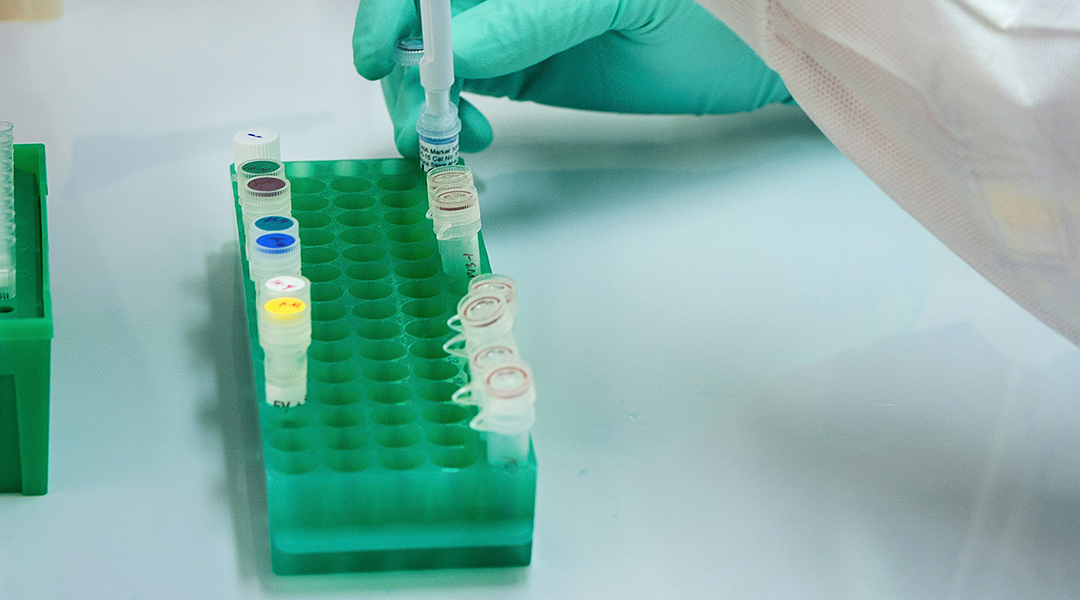
Decorated nanospheres boost chemotherapy and cut side effects
Scientists are using decorated nanoparticles to precisely target tumors with chemotherapy, effectively reducing side effects.

Anti-aging for lasers: Gallium nitride lasers get a longevity boost
Scientists have uncovered the cause of rapid degradation in powerful gallium nitride lasers and develop a solution to extend their lifespan.
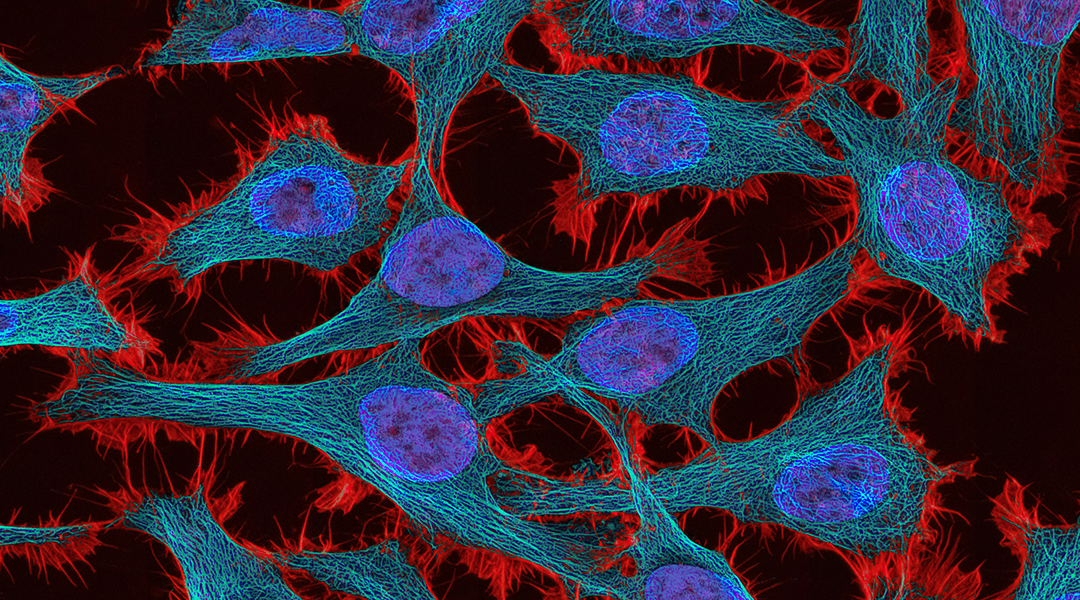
Blocking key protein halts spread of cervical cancer tumors
New findings shed light on how cervical cancer spreads to the lymph nodes, opening the door for treatments that could stop the process.
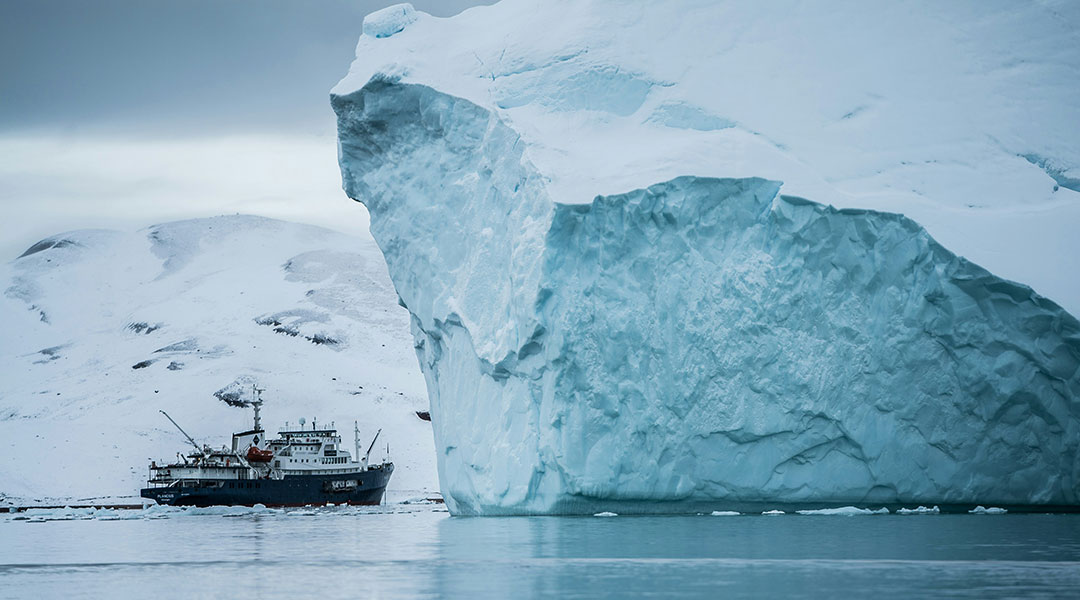
A rockslide in Greenland caused the Earth to vibrate for nine days
A mega-tsunami in Greenland surged through a fjord for days, creating seismic waves that caused seismometers across the globe to hum.

New study reveals aligned brain waves strengthen the bond between humans and dogs
Scientists have discovered that human and dog brain waves synchronize during social interactions, offering new insights into our unique bond.
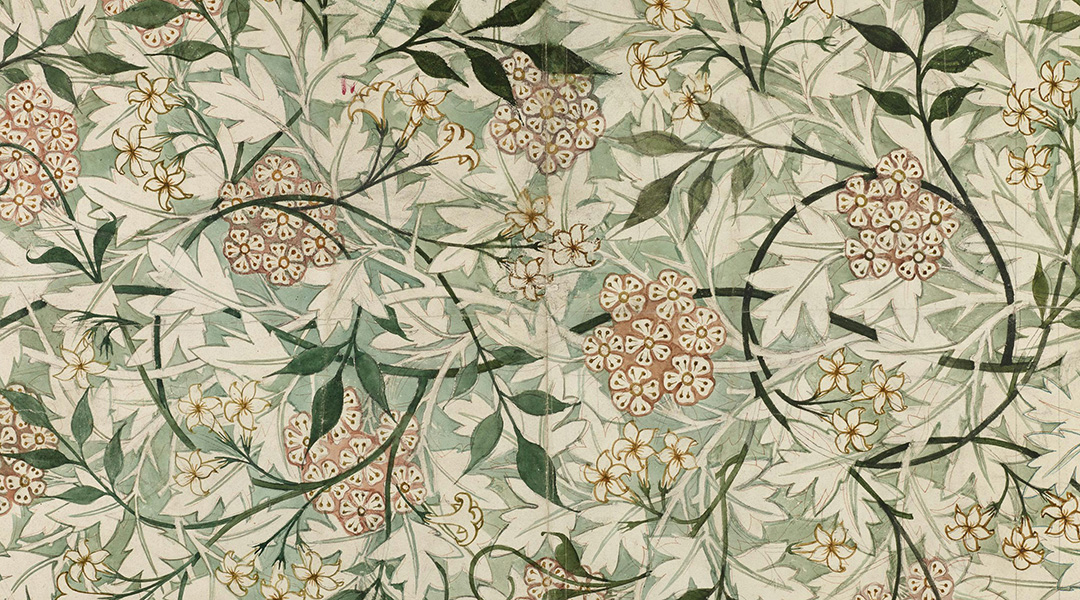
How taste shaped the use of ancient medicines
New findings reveal a link between our taste buds and what plants were used medicinally during ancient times.

Satellite mission sets stage for unhackable quantum communication
Upcoming space experiment sets sights on encrypted quantum communication, which could also provide valuable insights into quantum gravity.
ASN Weekly
Sign up for our weekly newsletter and receive the latest science news directly to your inbox.
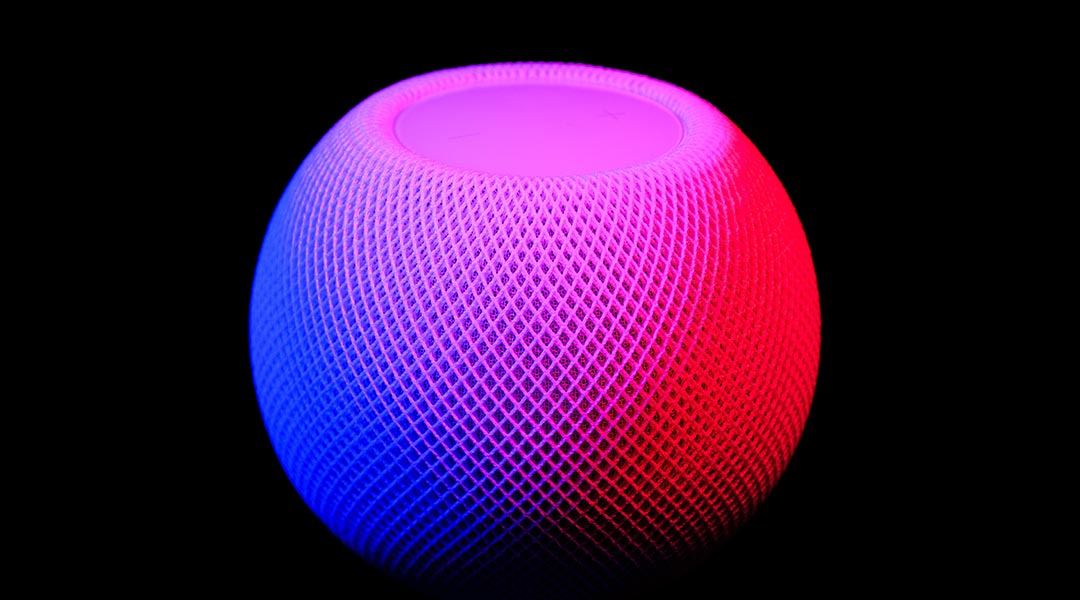
People prefer voice companions to human-like robots
Study participants were more comfortable with voice-based AI companions compared to robots that act and look like humans.

COVID-19 breathalyzer gets FDA approval
Using a chemical signature in the breath, a newly approved COVID-19 breathalyzer could provide an easy and rapid means of testing.
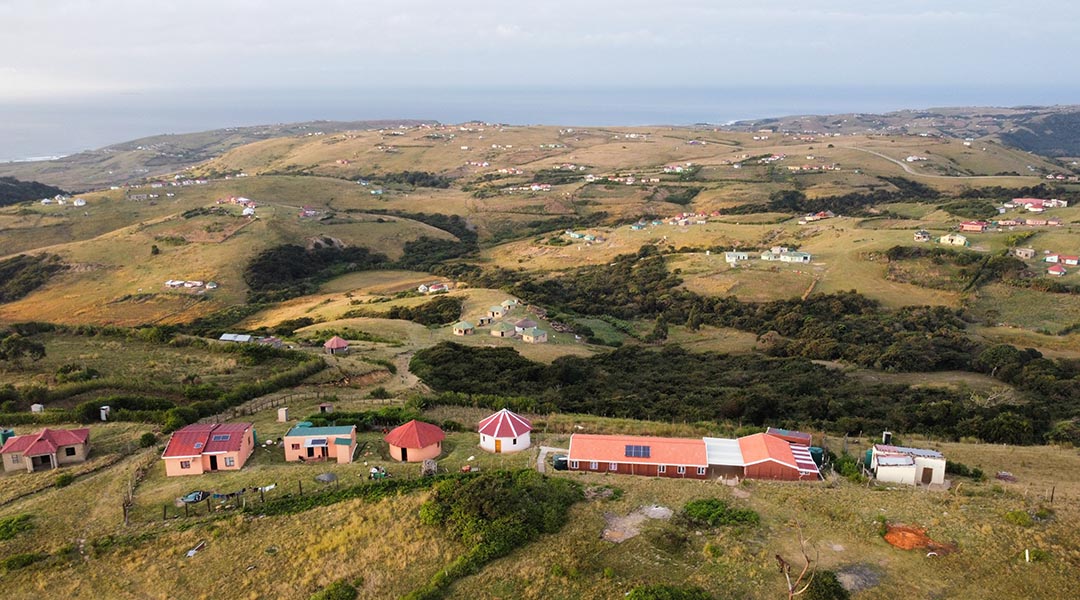
How biogas from human waste will lead to energy independence
Chicken feathers enhance the quality of biogas produced from human waste, allowing impoverished communities to generate their own power.
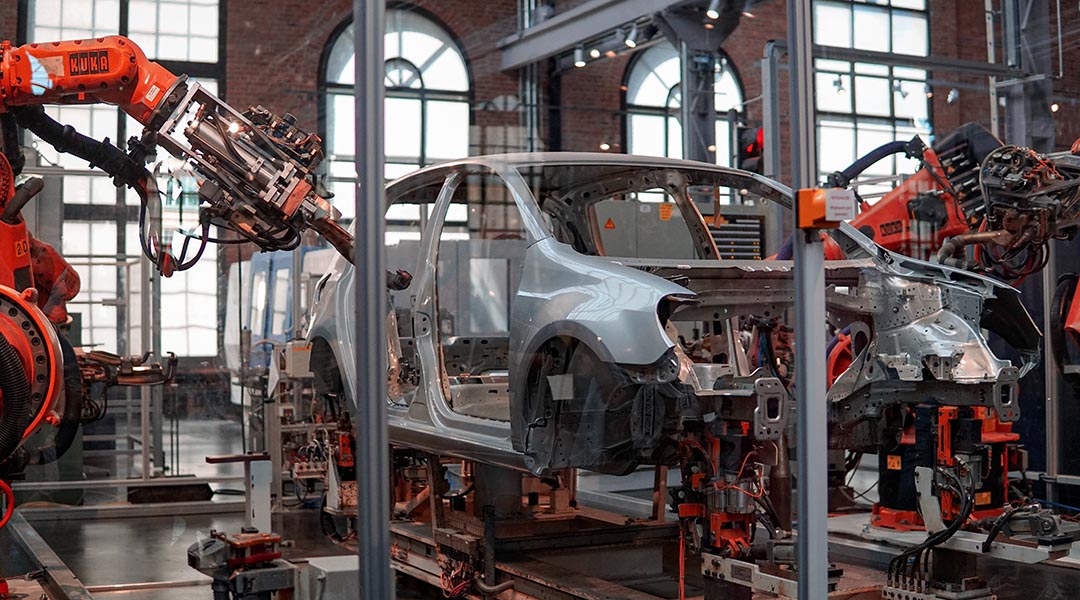
Robots in the workforce: How can we compete?
Researchers calculate the automation risk of almost 1000 existing occupations and provide alternatives based on skill set.
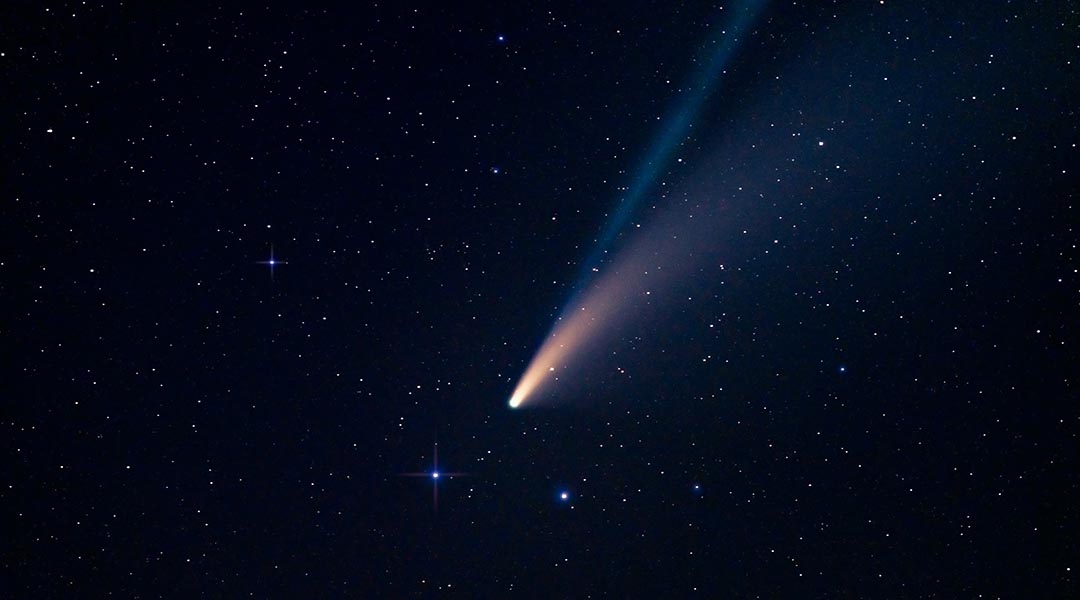
Largest known comet from Oort Cloud captured by Hubble
Astronomers capture images of a four billion-year-old relic that fell from the theorized Oort Cloud that encircles our Solar System.
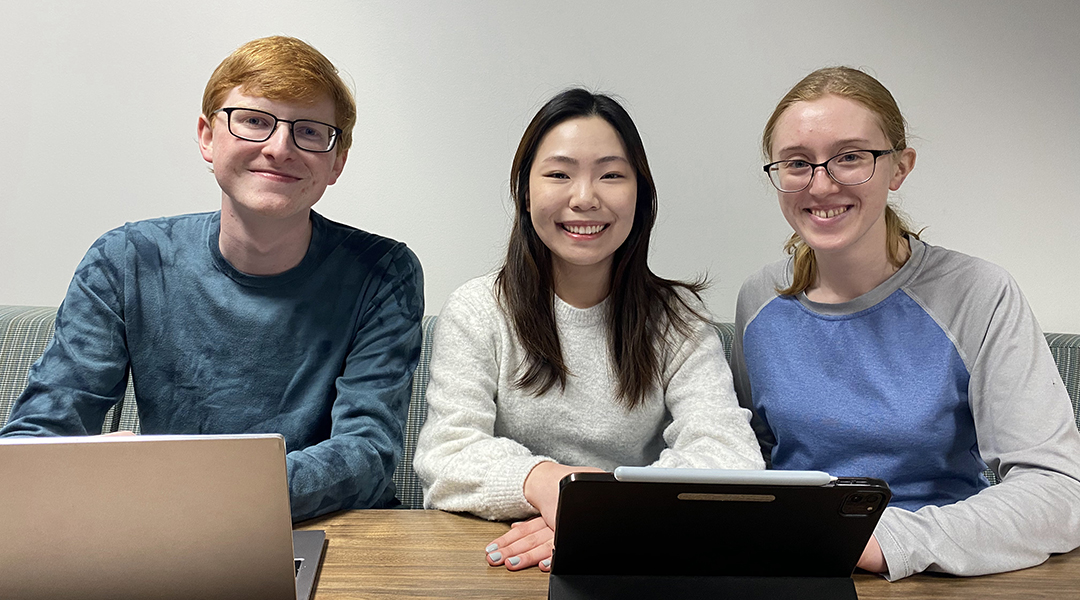
The ins and outs of an undergrad-run journal
Students at Rutgers University have set up a scientific journal that exclusively features undergraduate research papers.
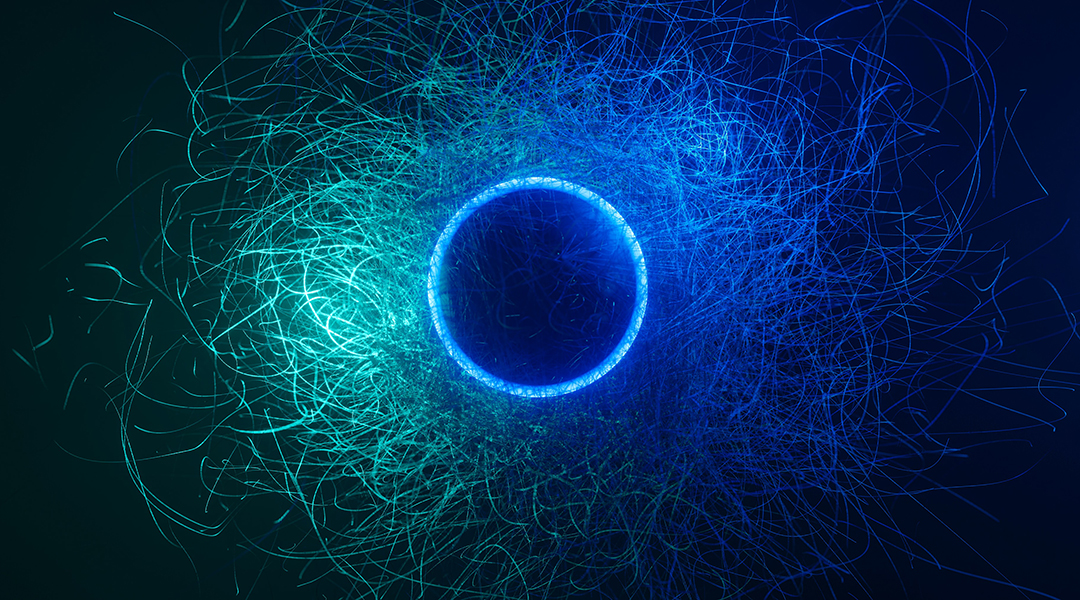
How does classical physics arise from quantum mechanics?
Emergence of classicality states that a quantum description of a large object must be the same as its classical description, but this isn’t always so…

Our brains use visual information to recognize a voice
A new study has shown that the facial recognition areas of the brain play a role in the recognition of famous voices.

Eliminating computer errors by combining computation and memory
A device brings memory and processing together, helping minimizing errors and avoiding increasing energy demands due to huge amounts of data.
No Results Found
The page you requested could not be found. Try refining your search, or use the navigation above to locate the post.
No Results Found
The page you requested could not be found. Try refining your search, or use the navigation above to locate the post.
No Results Found
The page you requested could not be found. Try refining your search, or use the navigation above to locate the post.
No Results Found
The page you requested could not be found. Try refining your search, or use the navigation above to locate the post.
No Results Found
The page you requested could not be found. Try refining your search, or use the navigation above to locate the post.

Ozone pollution disrupts genes controlling circadian rythyms
Study finds air pollution, specifically ozone exposure, has a disruptive affect on the genes responsible for circadian rhythms in the lungs.
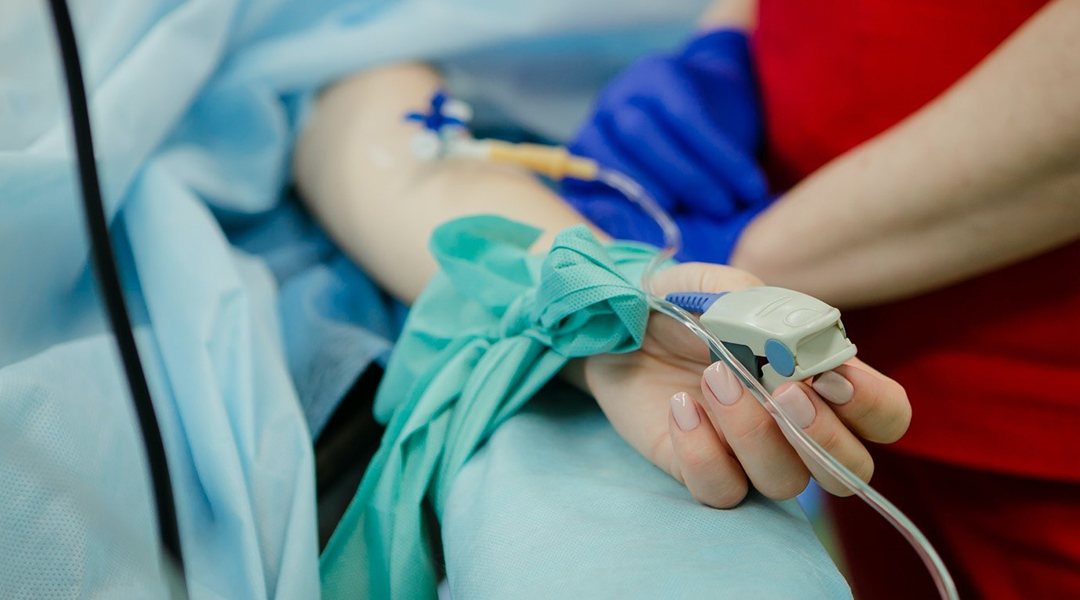
Unlocking personalized leukemia therapy using epigenetic biomarkers
A specific epigenetic signature in patients who respond to chemotherapy offers potential to improve treatment.

Powering wearable health monitoring devices without batteries
A battery-free wearable device wirelessly monitors health using body heat for continuous power.
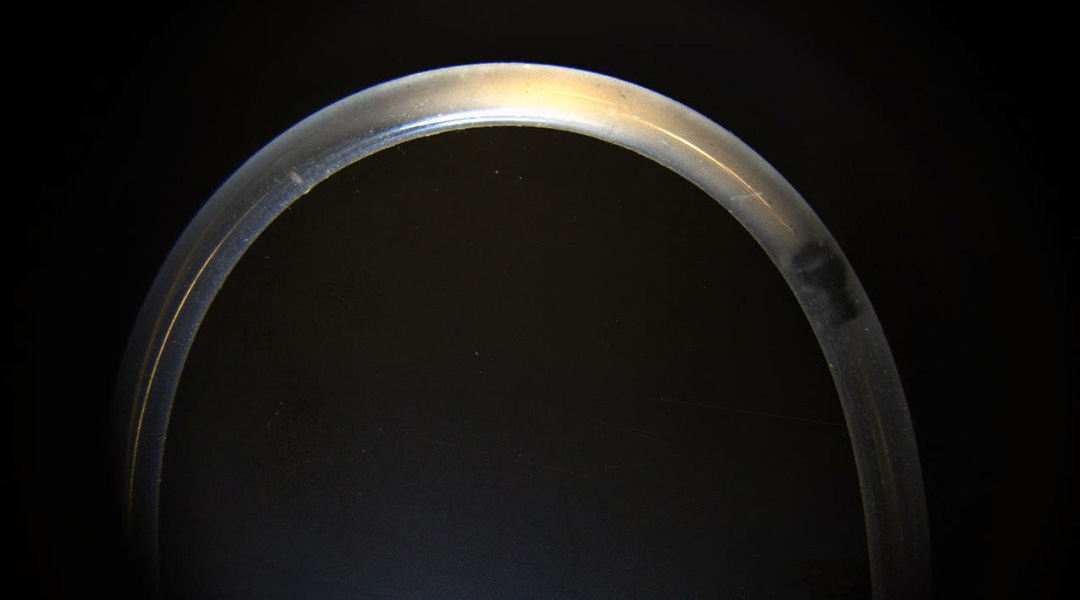
Micromachines destroy bacterial biofilms in hard-to-reach places
Magnetic hydrogel micromachines break up biofilms and release antibiotics, combating biofilm infections associated with medical devices.

Using ice to make ultra-clean 2D materials
Using the adhesive properties of ice, researchers have developed a transfer method to move large sheets of 2D materials without breaking them.
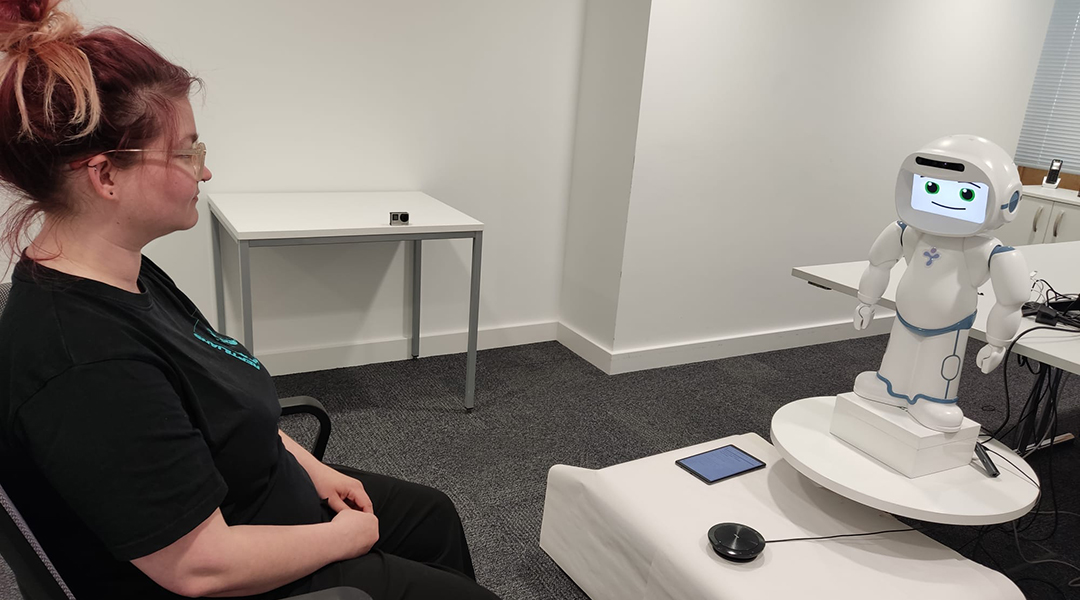
Robots can help improve workplace well-being, but only if we learn to connect with them
Just like successful therapist or coach relationships, machine-human relationships require engagement and trust if robots are to be useful.

Infrared: The future of anti-counterfeit tags?
A new study proposes a technique to print images on a special surface such that they can only be seen by authorized recipients.
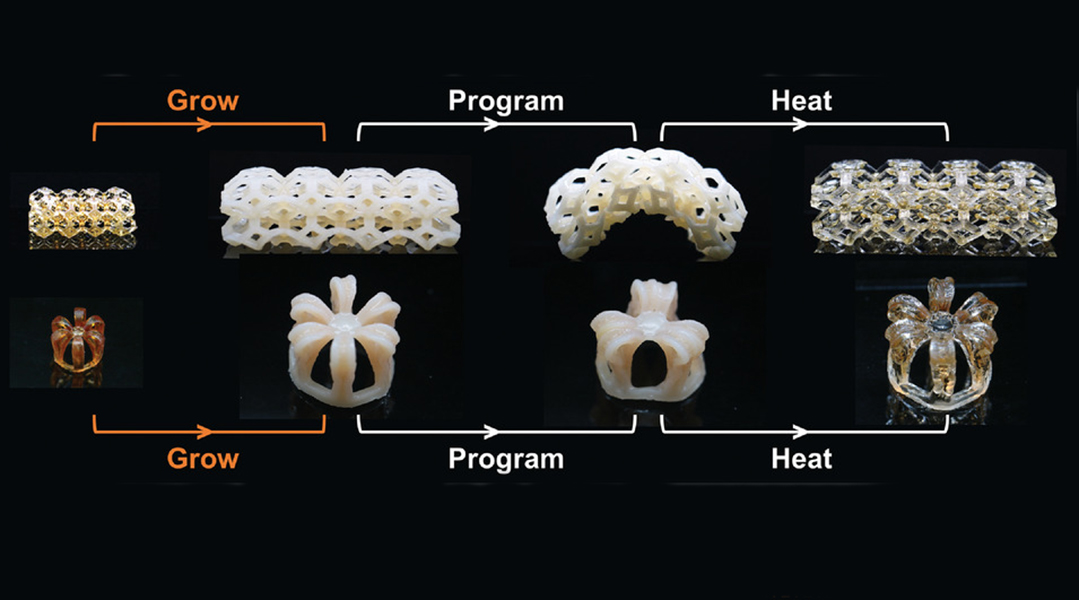
4D printing “living” structures inspired by immortal jellyfish
4D printing produces a living polymer network that can be printed into 3D shapes and then broken down into its monomer units for reuse.

Sand batteries that are dirt cheap
How big vats of sand could be a key to a sustainable future.
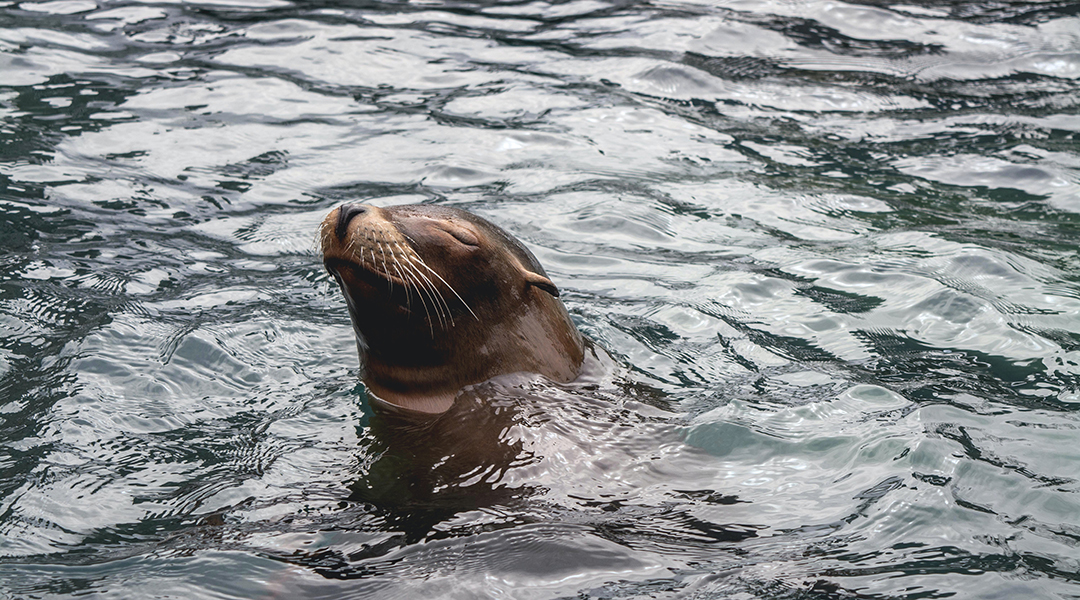
How seals’ whiskers help them hunt
Scientists reveal the highly sensitive nature of seal whiskers, which enable them to hunt effectively even in poor visual conditions.

Plant immunity to fungal pathogens developed millions of years ago
As plants evolved to live on land, so too did their immune systems, offering protection against dangerous fungi.
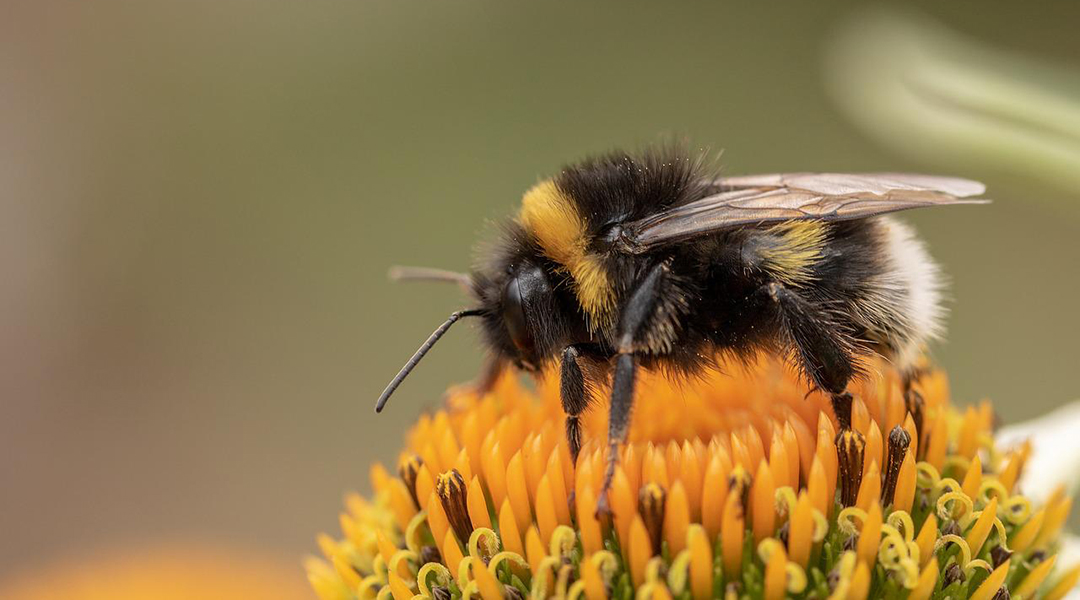
Isolated bumblebees become socially awkward
Low levels of socialization are sufficient in maintaining typical behavior and brain development in bumblebees.
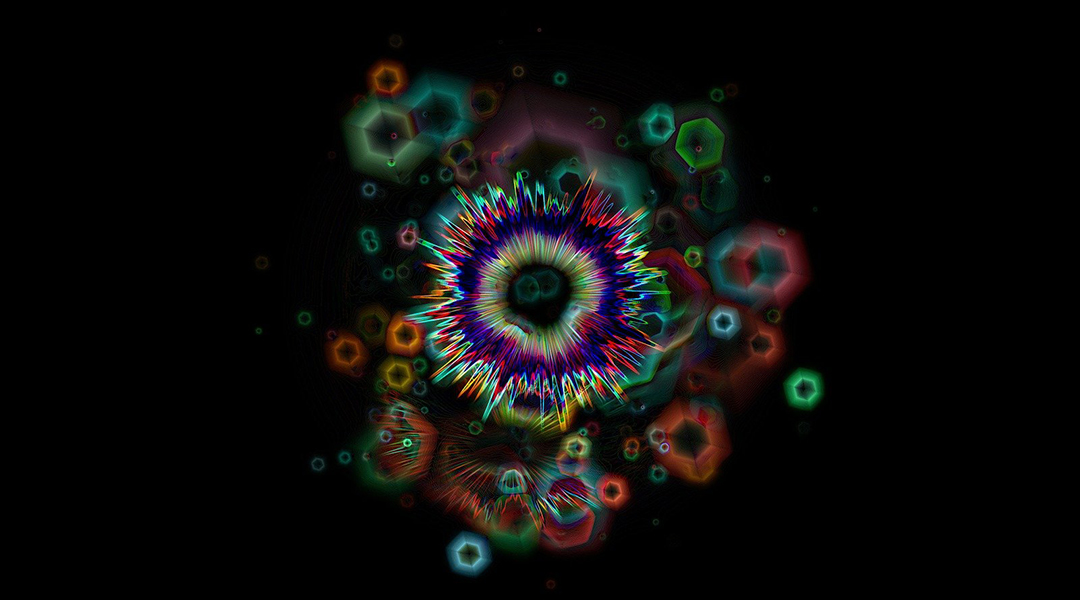
What is quantum gravity?
Quantum gravity seeks to describe gravity according to the principles of quantum mechanics, but can it be done?
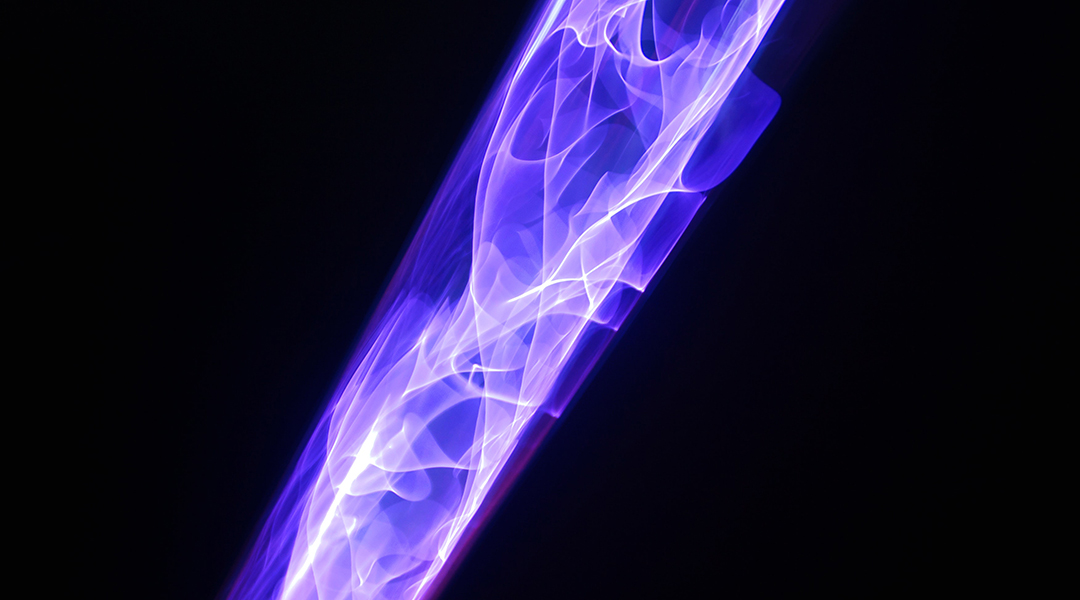
Taming plasma instabilities for future nuclear fusion reactors
Optimizing plasma instabilities within a nuclear fusion reactor will pave the way for its use as a clean source of perpetual energy.
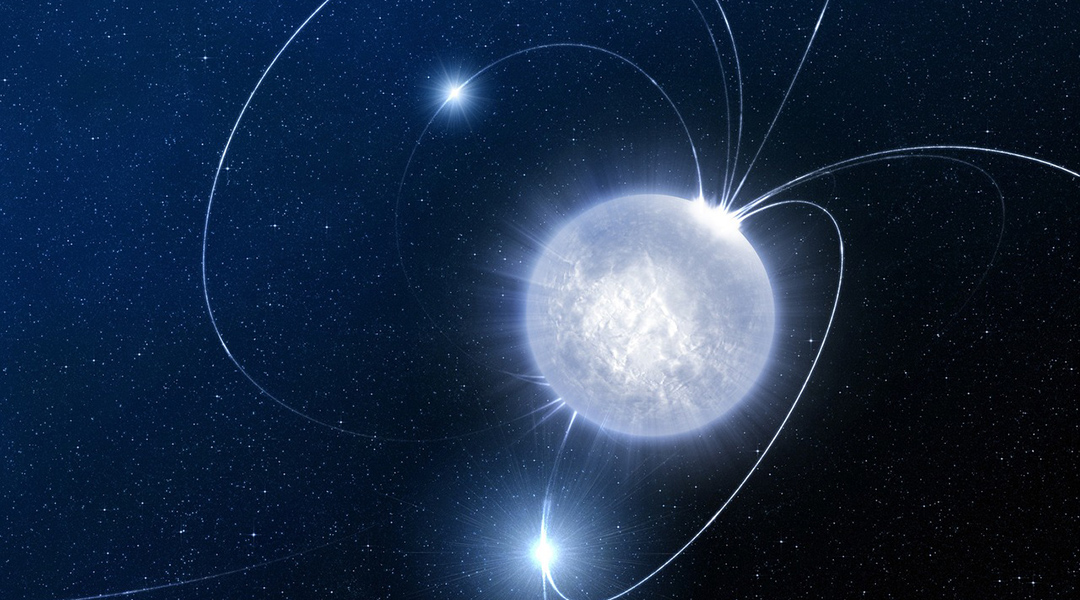
A quark star may have just been discovered
More confirmation needed to see if recently discovered object is a quark star.
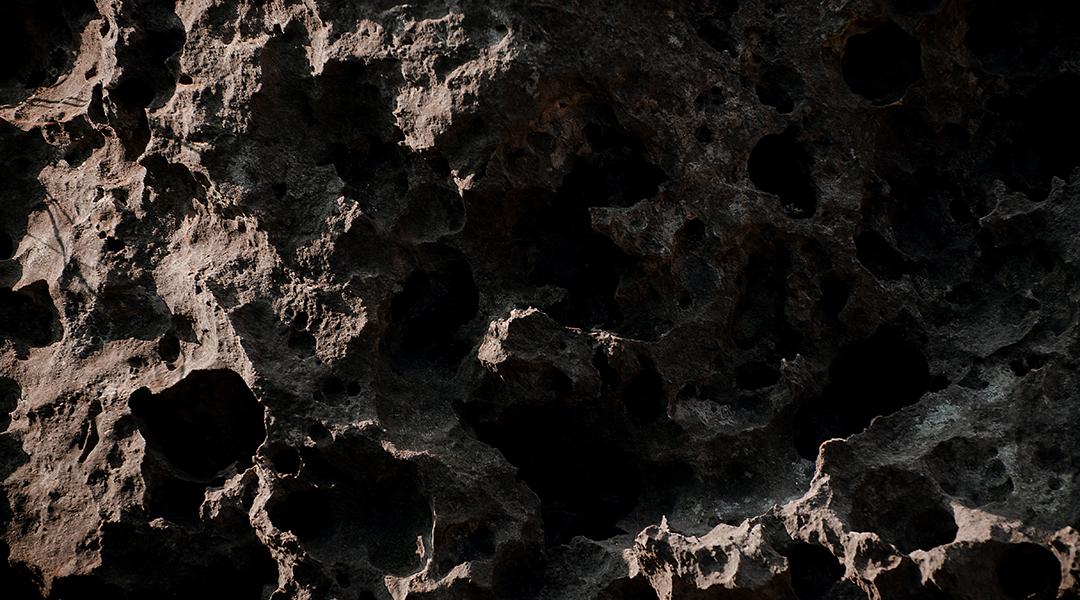
Largest-ever radar study of near-Earth asteroids
Years’ worth of radar data from the now-destroyed Arecibo Observatory has helped detail almost 200 near-Earth asteroids.



